The Thaumaturge: Early Impressions After Release
The Thaumaturge is a new game from the polish studio Fool’s Theory currently working on the Witcher 1 Remake under the supervision of CD Projekt Red. I was coming at that game from two angles. First, it has a refreshing look, takes place in a historical setting, and looks like nothing else ever made. The second angle is… it gives us a good idea what the studio could do as they work on the new Witcher game.
Russia, Rasputin, and more pre-WW1 stuff
The game starts as the protagonist, Wiktor, a middle-aged bearded man, arrives in a remote countryside town, in search of a healer who could help him with his own problems. Wiktor is a thaumaturge, a mix of a wizard and psychologist who is able to analyze people’s feelings and manipulate their minds, as well as invocating some demons who can support him in his endeavors and in his actual fights. The demons in question remind me very much of the Shinigami as represented in Death Note (and probably other places) - dark entities that follow your orders and can do either good or bad based on the will of their owner.
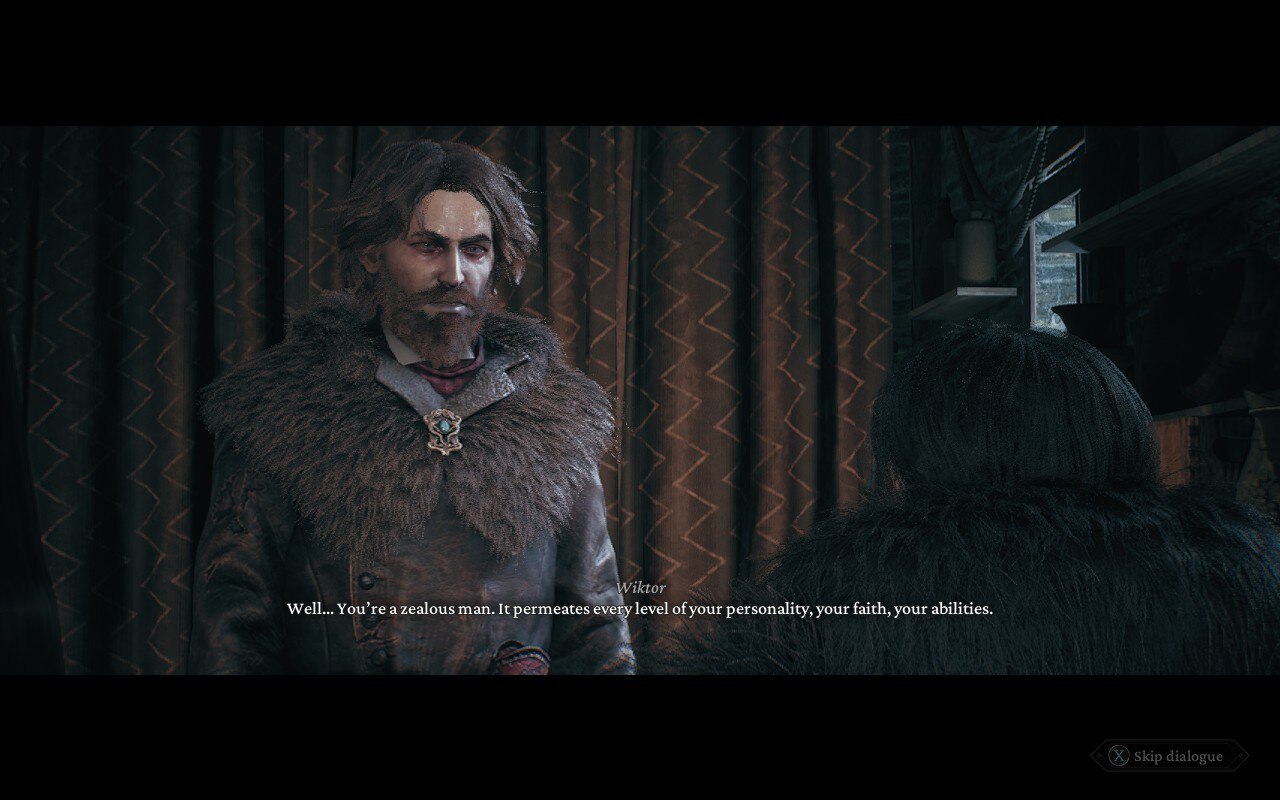
Wiktor is a Pole, but Poland does not exist anymore since the late 18th century (and will only become a state again after WW1) and is dominated by its Russian neighbor (then directed by a Tsar). The idea of Poles as distinct people still persist and Wiktor identifies himself as such. When the game starts, he is in bad shape, tired, frail and losing touch with his demon (Ephyr). His hope is that healer he’s heard about will be able to do some kind of miracle to help him.
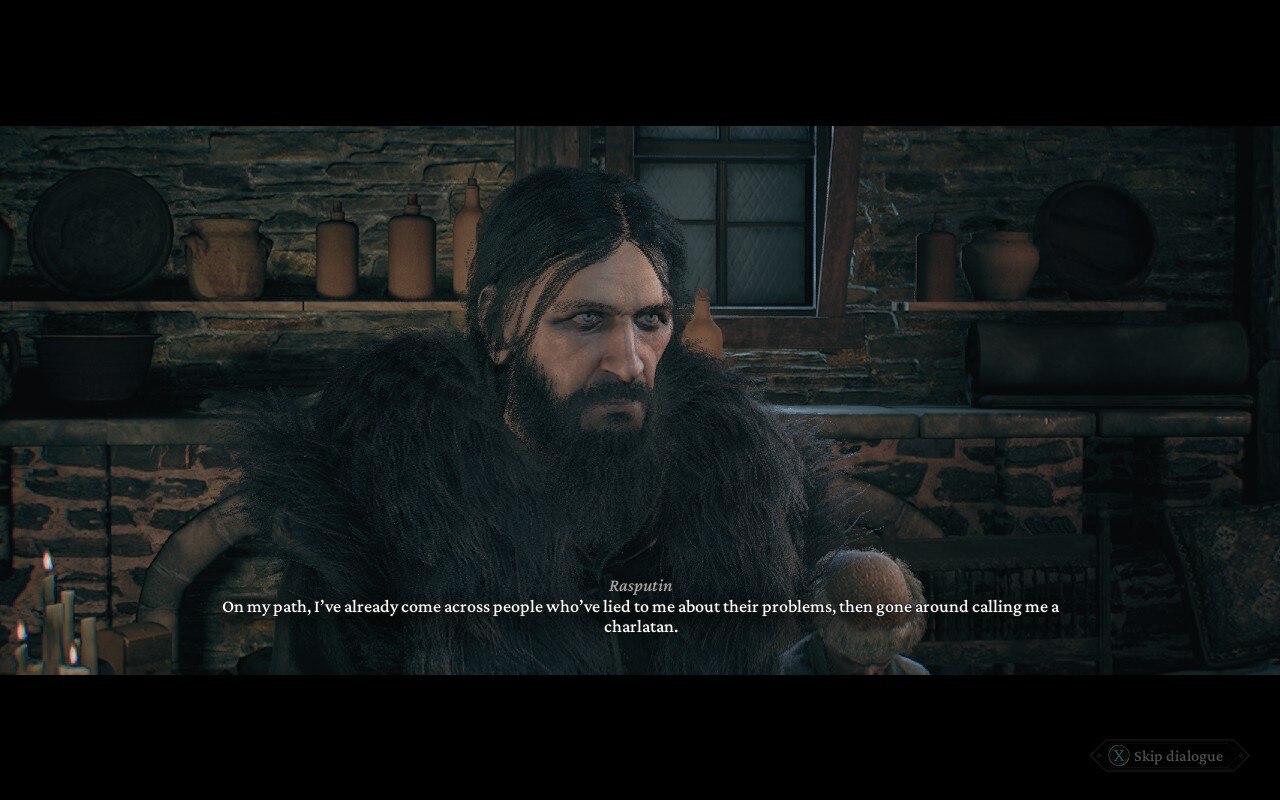
Turns out the healer is the famous Rasputin - which stats giving you a clue that the game will mix actual historical characters inside the fiction. Rasputin becomes an important character in the introduction as he helps Wiktor to be in touch with his demon once again.
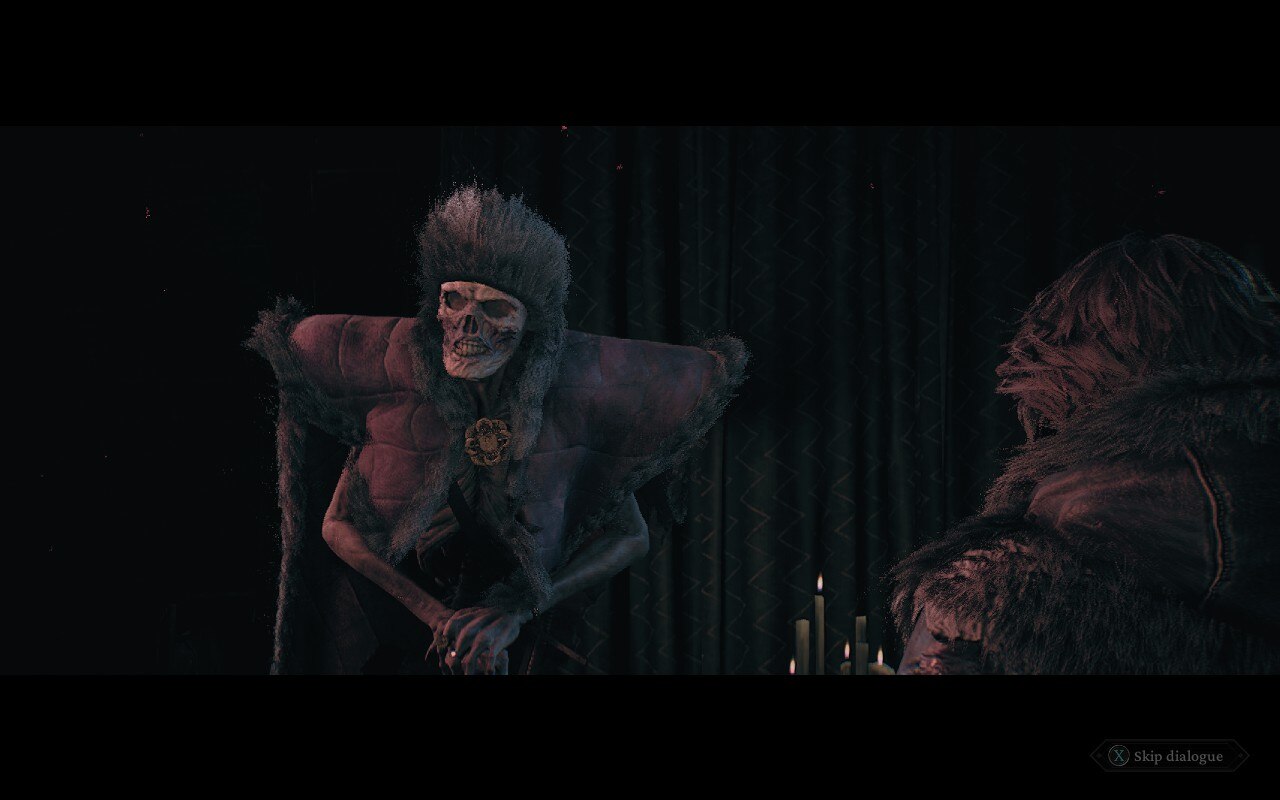
Story, Fights, And Everything in Between
You view the game from a top-down view, similar to isometric games of old, while the whole world is here in 3D. There is very little camera movement possible, as it follows your character as you move around. What you do in the game is mostly talking to people, collecting clues on how to better talk to people and unlock new dialog options, and then fight against people who don’t like what you do. The clues that you find are not just objects: as a thaumaturge you can also sense the story behind said objects, their previous owner, and what kind of feeling was attached to them. At you collect more and more clues this way, the game makes connections between some of them, enabling new interactions with the characters in your surroundings.
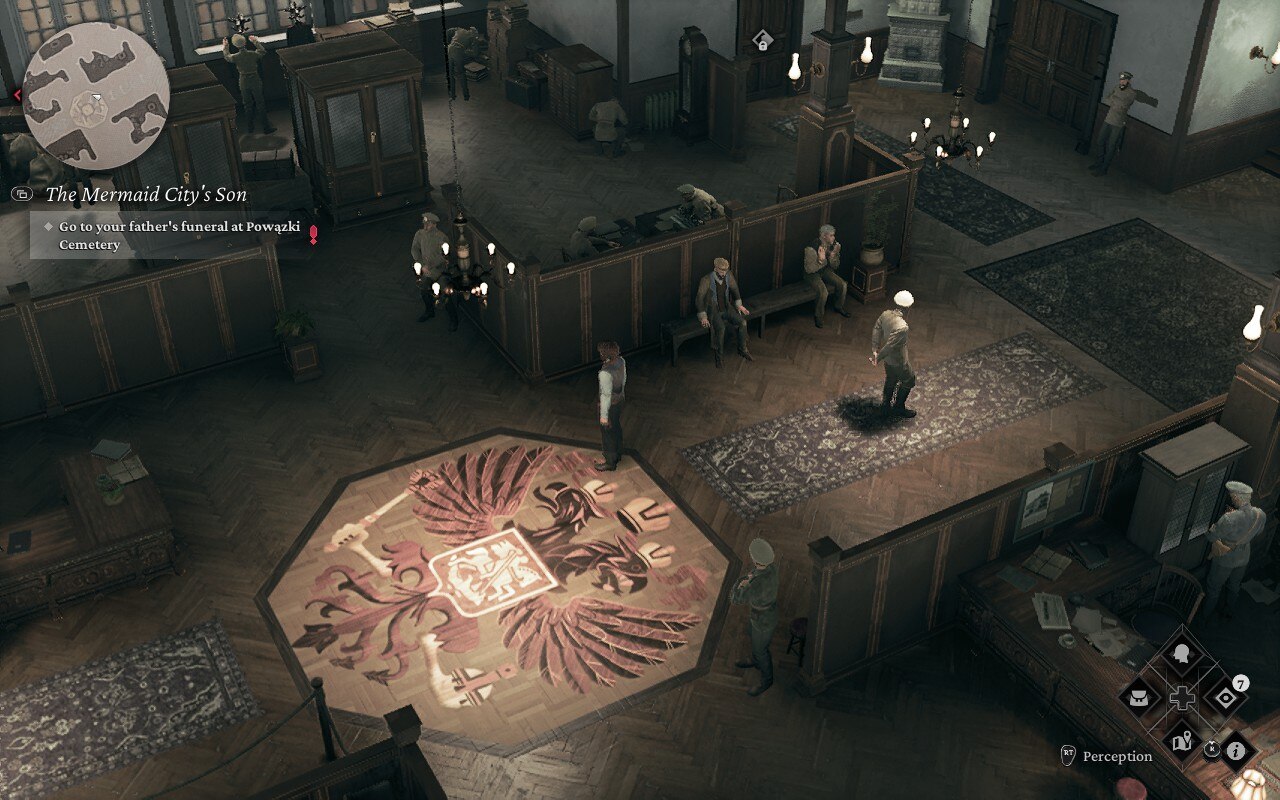
There’s a lot of dialogs - if you are familiar with the Witcher games, that should give you a good idea of the importance of conversations - and conversations give you quite a few choices on how to introduce yourself or how to influence people - some of the dialog options are based on the clues you have collected, others are based on your thaumaturge skills and stats.
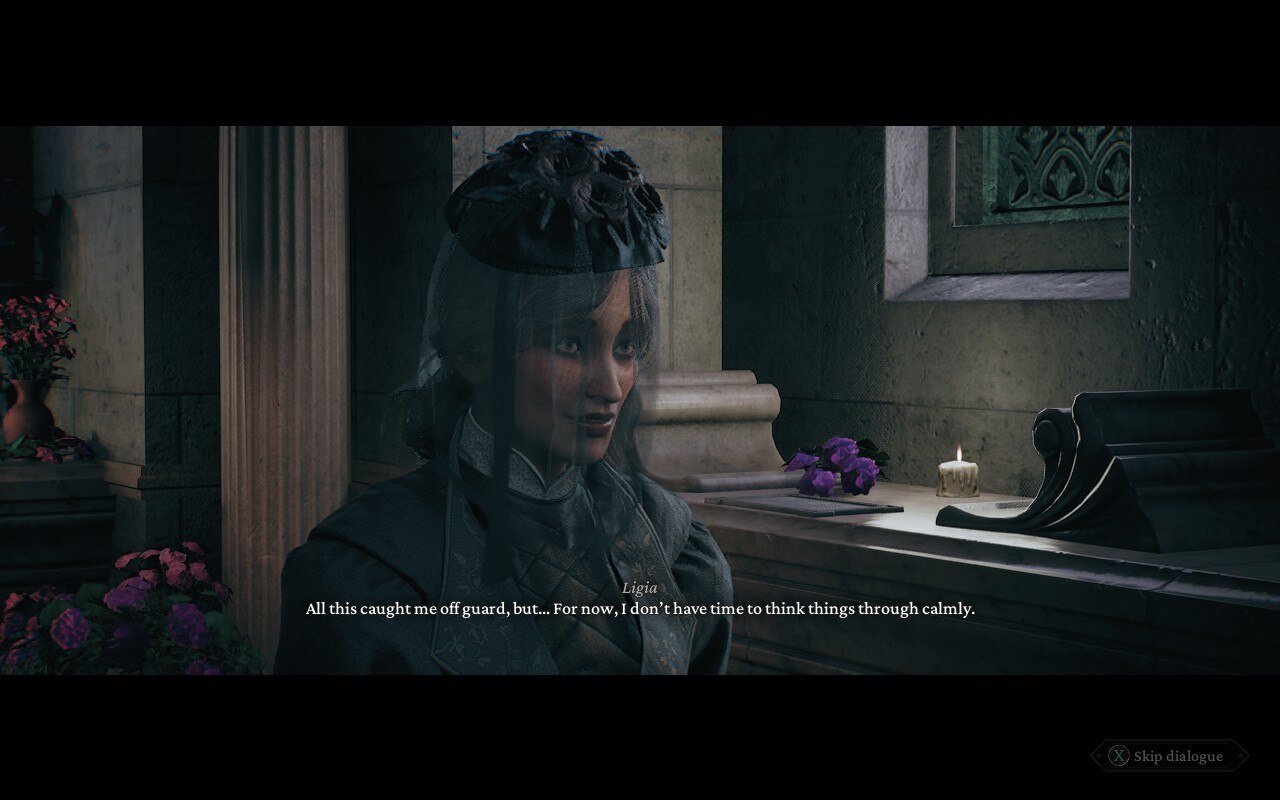
You gain experience as you solve problems, mysteries and ennemies - the experience is then used to unlock new capabilities for you and your demon(s), using a skill tree. The new skills can then be attached to the type of attacks that you have at your disposal to enhance them. For example, you can add a poison-like effect to a normal attack, which will hit the enemy constantly at the end of every turn. Turns, you might say? Yes, the fighting scenes are turn-based - you choose the type of attack (slow, fast, more magic-like, etc…) as well as the attack of your demon (who will strike separately). The demon attacks usually include more modifiers (for example, one attack could give you back some health at the same time as it hits an enemy) and it’s a good idea to try to unlock more of their skills as your experience goes up. What attacks you can choose depends on a focus point counter - the more focus points, the more complex and devastating attacks you can throw.
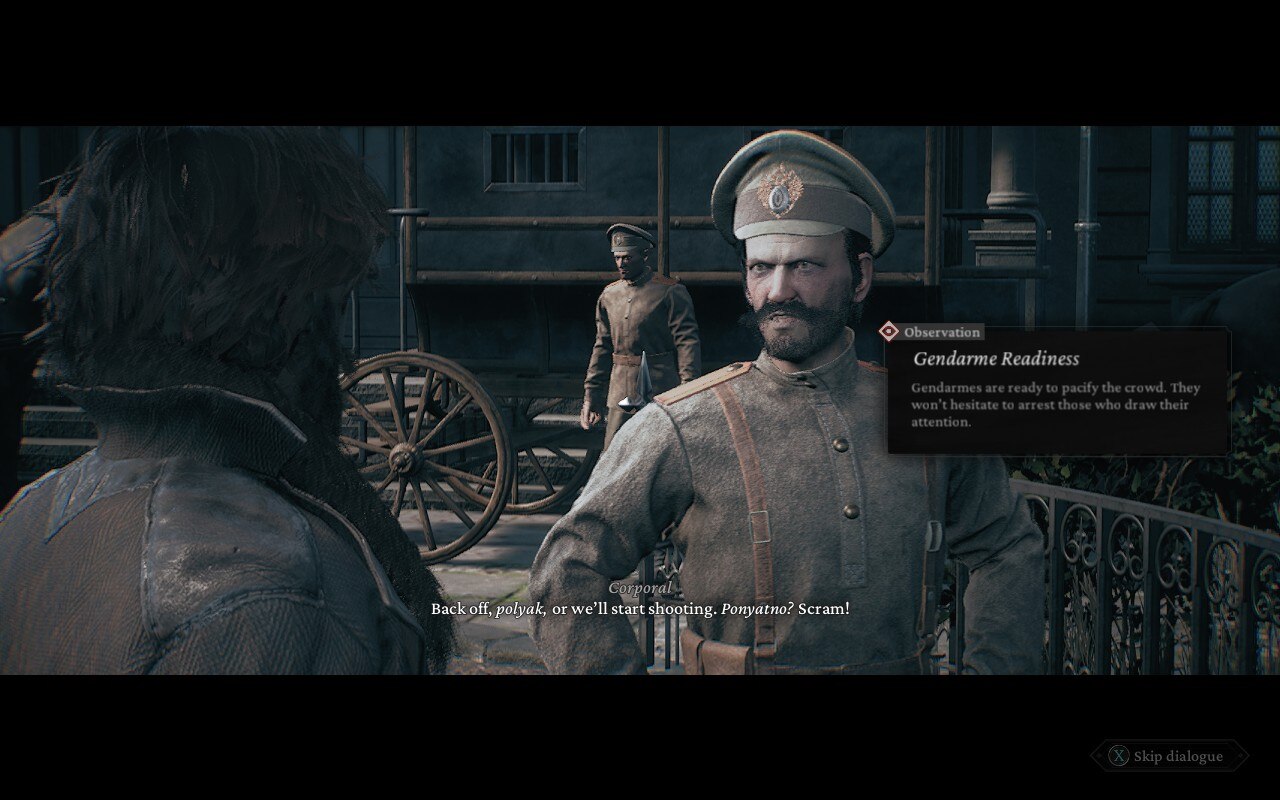
There are also boss fights, for example the first one pits you against a demon that’s been driving the villagers mad in the town. Your fight will lead you to tame the demon so that it becomes one of yours, and can be used as a weapon from there on. It also releases the villagers from their madness at the same time, so everybody wins.

While the game is probably 70% - 80% focused on storytelling, the rest of the action scenes are fairly well made (while not very logical: in the fights you are pictured as killing your opponents, while they usually just retreat after in the following cutscene).
First Impressions
The game has a lot of backstory that it progressively explains. It’s a little confusing at first, probably even more if you are not familiar with European history of the 19th and early 20th century, but it works well, like some kind of time travel in a different time and place. The changes in scenery and landscape really make the older world come alive.
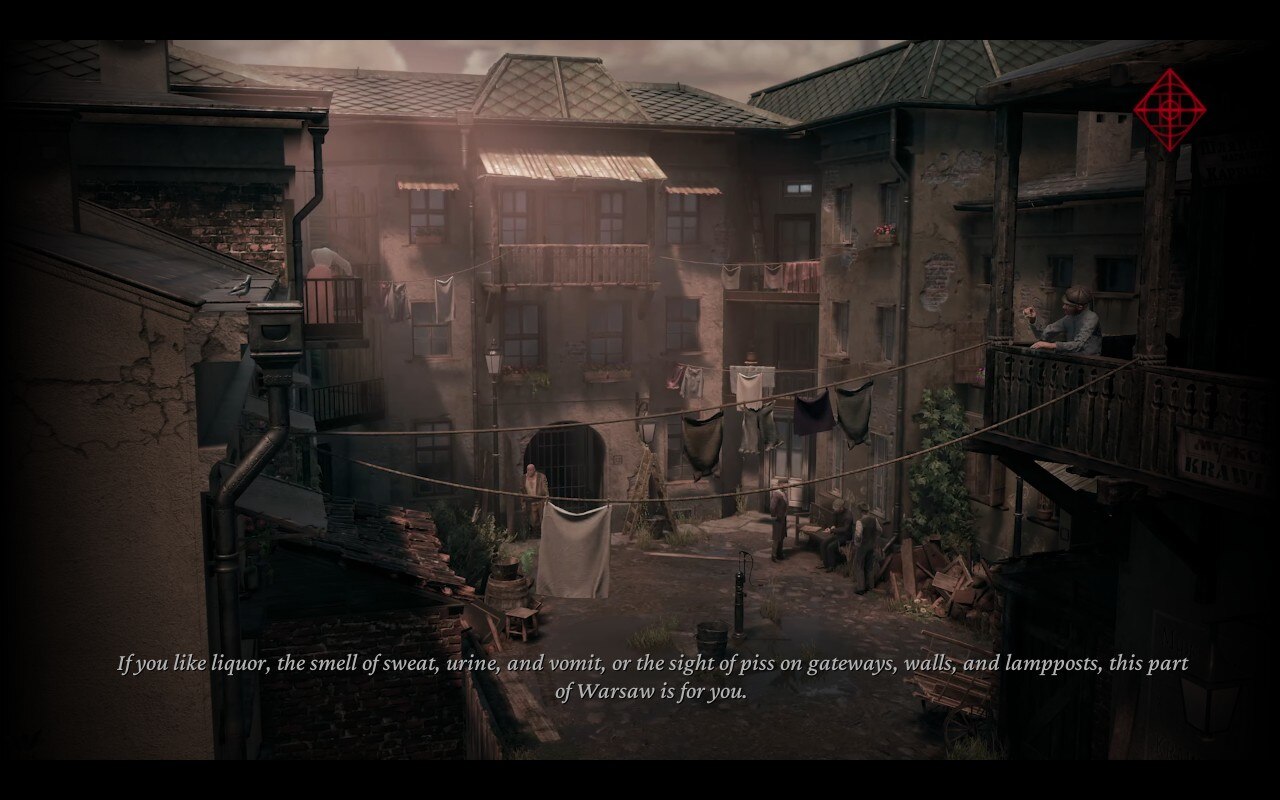
In terms of production, the game feels a little rough here and there. The environments look good most of the time, but the characters are far from having the polish of AAA titles, whether we are talking about textures, models or animation. The demons are, however, very well made and convincing. Beyond the art and tech, Wiktor is not as charismatic as a Geralt of Rivia - they are going for a more intellectual, enigmatic character than anything else.
I’m still early in the game (a few hours in) as I write this review, and it’s too early for me to have an final opinion on the game - but my experience has been very positive so far. The beginning starts a little slow, and then things become more lively as you go, meet new characters and change locations too. The fighting system gives you a lot of flexibility to customize your approach to each fight and is quite fun in itself.
Steam Deck
I have played the game only on the Steam Deck, and the game features a specific Steam Deck setting in the graphic options that is probably a good idea to use. The game will run OK at about 30-40 FPS at 8W GPU power setting, while the framerate in cutscenes will drop significantly (to 15-20 fps on average, based on the scenes). The text is a bit small (especially for the clues) but things work well otherwise and the game is very playable on this format.
Overall, very much enjoying it, and planning to give you some updated impressions once I’m much later in the game.
Disclaimer: we were provided a key by the publisher to review this game ahead of its official release.
